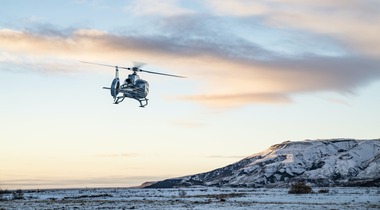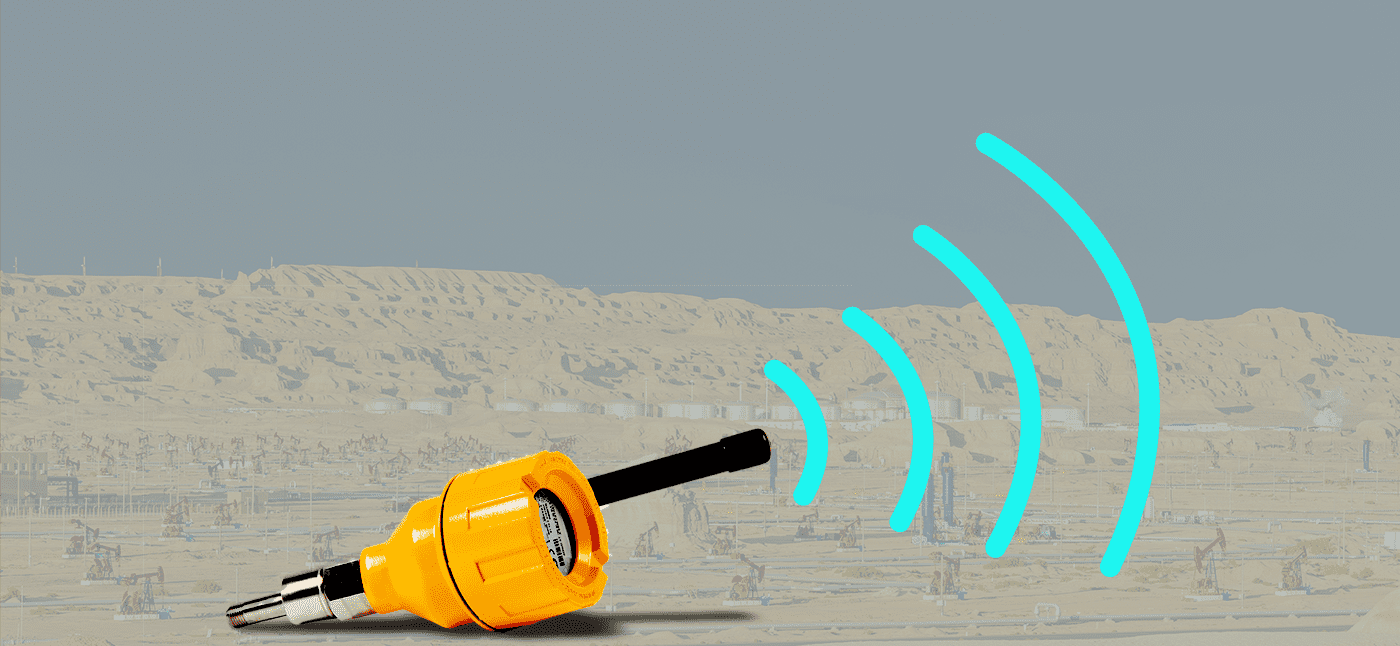#1: Plan your installation.
Before you start the installation, you need to create a comprehensive plan that works specifically for your field. As part of the planning process, our team will gather the exact coordinates of your assets to perform a thorough analysis of the best locations for each gateway. We'll also check the strength of the LoRa signals in the area to ensure the sensors can communicate with the gateway.
At the end of this phase, you will have a detailed installation plan with the suggested number of gateways for your location. You’ll also get a map of where the gateways should be installed, and suggestions on the best way to install it.
#2: Attend the online installation training.
Once you have the installation plan, it’s time to train your crew to install HiberHilo. Before you head out ito your location, we'll host a virtual meeting to cover the installation process. During the training, we will also discuss the challenges that may arise when installing the equipment in desert locations, such as extreme heat, dust storms, and limited access to resources.
The ultimate goal: get your team comfortable with the installation process in a controlled environment. So they can perform it in a matter of hours out in the field. At the end of the training they’ll know exactly where (and how) to install the sensors and gateways.
#3: Support on the big day.
Installation is simple. But you also don’t want to waste time out in the field. That’s why, on the day of installation, our team is on standby, monitoring the system and making sure everything is working as expected.
While your crew is out in the field, our team will monitor the connections between sensors, gateways, and satellites. If we notice that something isn’t connecting, we’ll tell your team right away. Most often the solution is something small, like adjusting an antennae. But proactively checking the setup means you can make adjustments immediately.


